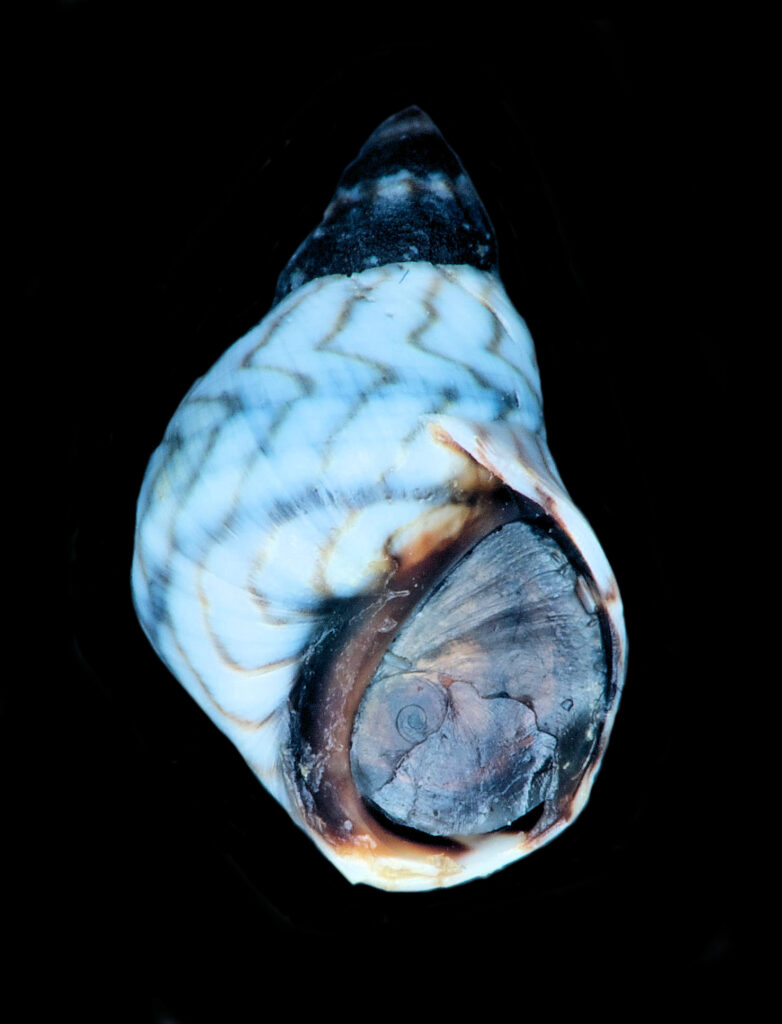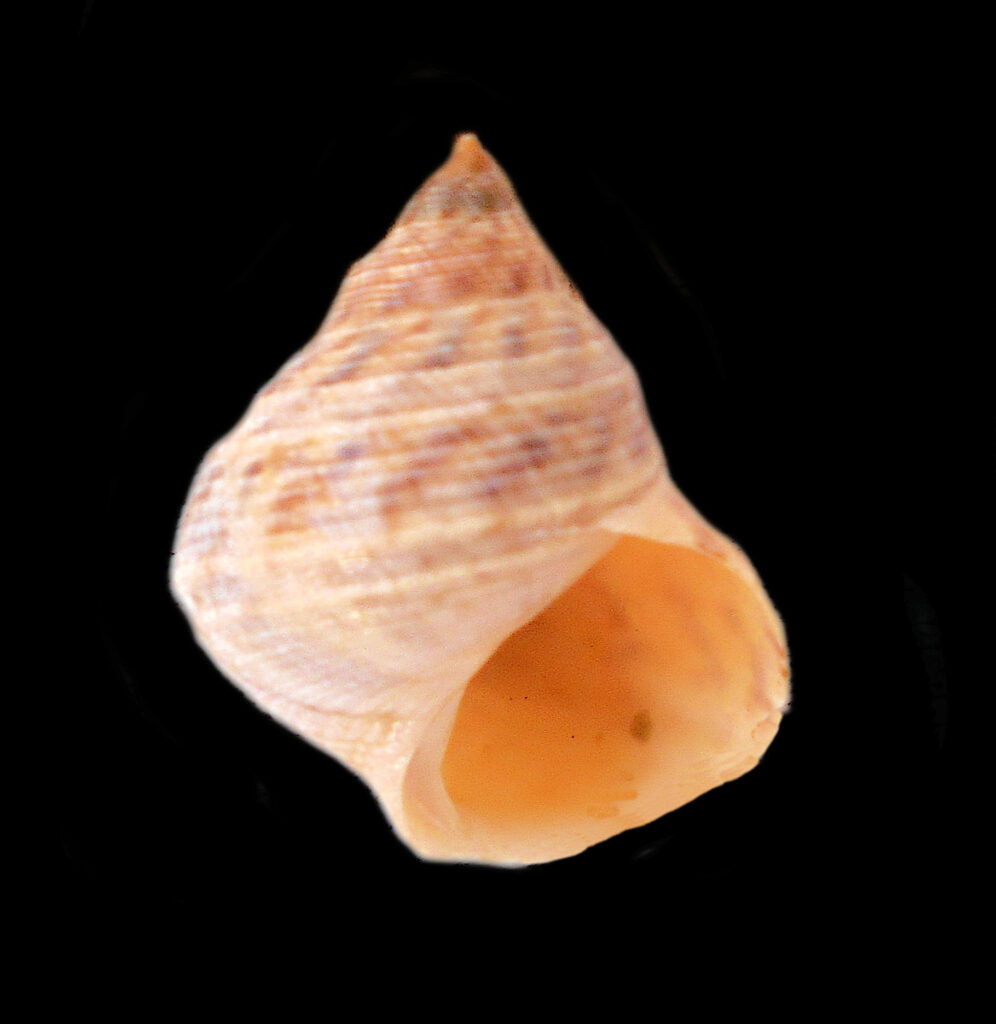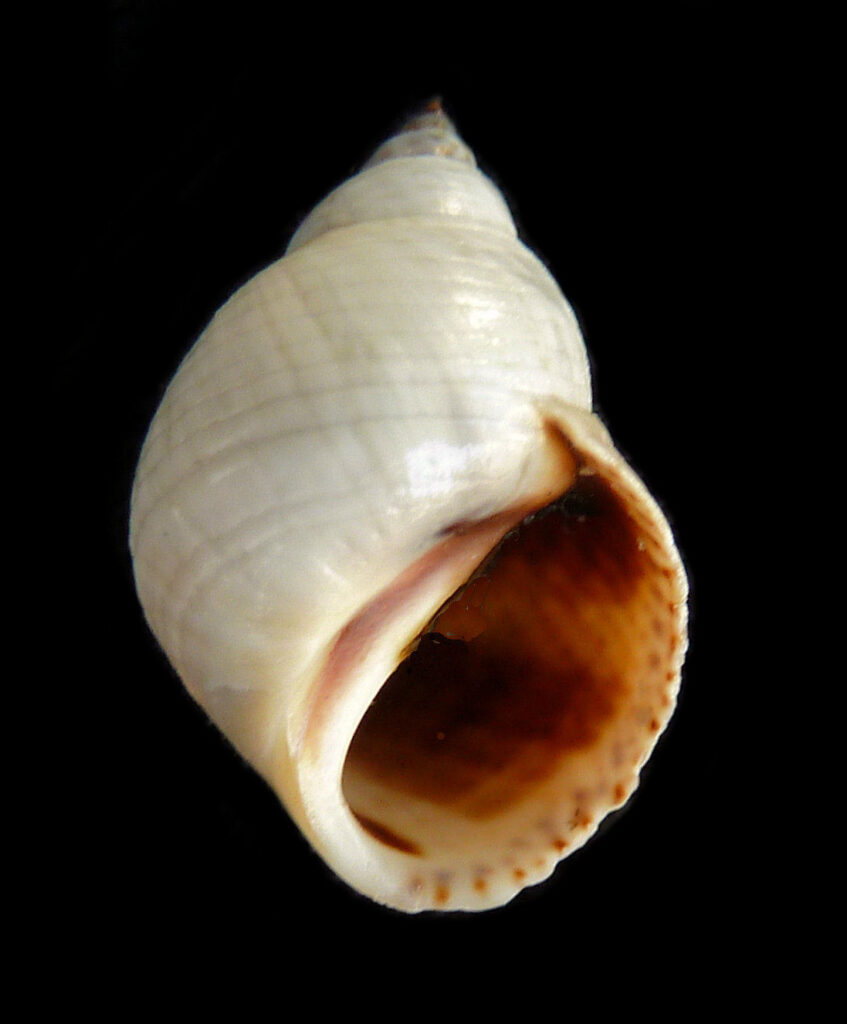Periwinkle Shells of the Littorinidae Family
Three Periwinkle Shells of the Littorinidae Family can be found in this website:
The Periwinkle Shells of the Littorinidae Family are named for the littoral zone (the seashore), the area between the mid and high tidelines in which they reside. The shells are sturdy that are taller than they are wide with few whorls, they lack an umbilicus and have an operculum made of horn-like material. Surface sculpturing may be smooth, spiral ridged, cancellate (cross-hatched), or spiny. The interior is porcelaneous.
Periwinkles are found attached to mangroves, rocks, seawalls and other hard surfaces to the limits of the highest tides and they have the ability to live out of water for weeks without being submerged. They feed by grazing on algal film and other microscopic plant matter. In turn they are preyed upon by shore birds and crabs. The Periwinkles are some of the most common marine shells being residents of the most of the global coastlines. Periwinkles are edible and are important foods in Asia and Europe. There are more than two hundred twenty species in the Littorinidae Family of which seven species are found in coastal waters of the Baja.


